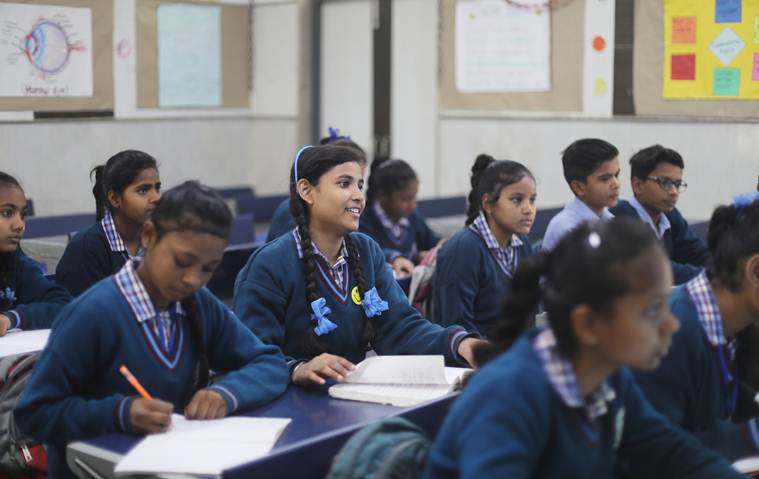 The social sector includes education, health, sports, arts and culture, housing, water supply, sanitation and sewerage, women and child development, labour welfare, social welfare and other related services. (Express photo by Abhinav Saha)
The social sector includes education, health, sports, arts and culture, housing, water supply, sanitation and sewerage, women and child development, labour welfare, social welfare and other related services. (Express photo by Abhinav Saha)
Himachal Pradesh has started laying greater stress on the social services sector in its annual plans, increasing its share in the total proposed outlay from 29 per cent in 2011-12 to more than 44 per cent in 2020-21 fiscal.
The sector includes education, health, sports, arts and culture, housing, water supply, sanitation and sewerage, women and child development, labour welfare, social welfare and other related services.
“The funds allocated for the education and health sectors will help in improving the human development indicators, making the growth process in the state more inclusive,” as per the Annual Plan for 2020-21 approved by the government Monday.
In the twelfth five-year plan for 2012-17, the share of social services sector was increased to 33.66 per cent. It was further increased to nearly 43 per cent of the total plan in the ongoing financial year.
During the first five-year plan in 1951-56, roads were given the highest priority, and 42.75 per cent of the total plan investment of Rs 527.25 lakh was spent on building around 2.400 kilometres of roads. Currently, the state has 36,725 kilometres of motorable roads, up from around 7,600 in 1971 when Himachal Pradesh became a full-fledged state.
Irrigation was also given a high priority in the initial plans and the state currently has around 2.76 lakh hectares of cultural command area (CCA), which forms more than 47 per cent of the net sown area, the plan said.
According to the data mentioned as per the Annual Plan for 2020-21, Himachal Pradesh mostly fares better than the national average when it comes to health and education indicators. Its literacy rate nearly doubled in three decades, jumping from 42.3 per cent in 1981 to 82.8 per cent in 2011. The birth rate more than halved, coming down from 31.5 (per 1,000) in 1981 to 15.8 (per 1,000) in 2017.
The number of government educational institutions in the state has grown from 4,960 in 1971 to more than 15,500 currently. The number of healthcare institutions, both government and private, has increased from 851 in 1971 to 4,357 in 2019.
As per the Annual Plan 2020-21, one indicator of “increasing industrialisation” in the state is the fact that industrial consumption accounts for 59 per cent of the total power consumption in the state.
Decline in horticultural produce
The twelfth five-year plan laid emphasis on horticultural productivity and quality of fruits. However, the horticultural productivity has seen a sharp decline in recent years, coming down from nearly 9.3 lakh metric tonnes to 4.9 lakh MT in 2018-19. The production of apples fell from 7.7 lakh MT to 3.68 MT during the same period. The total food grain production, too, has seen a marginal declining trend in recent years.